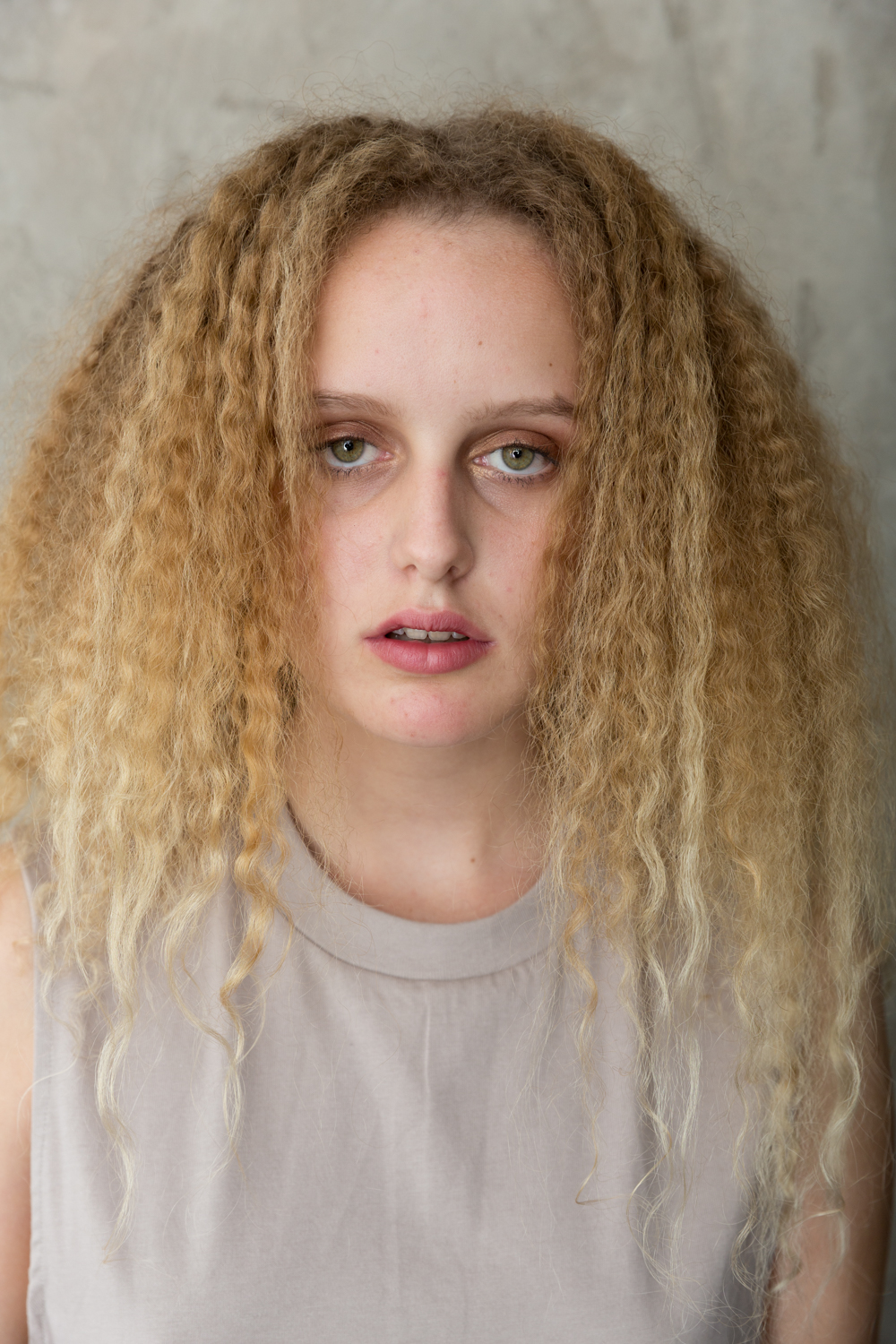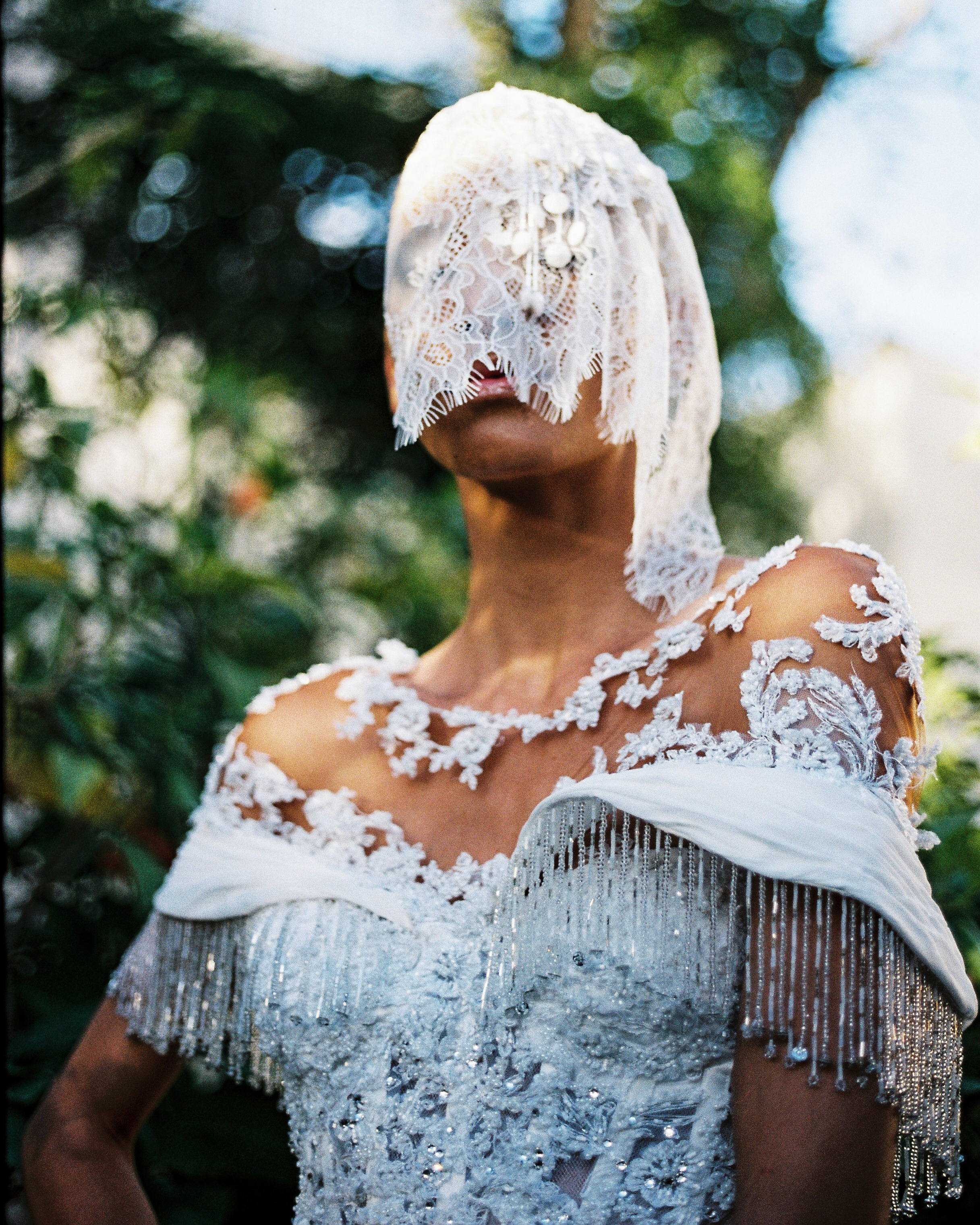Cahil Sankar has gained popularity with his vivid motion blurring band photography. Sankar shoots interchangeably between digital and analog, and has a particular fondness for Fujifilm. “I think I just picked up my dad’s old camera when I was super young and just never stopped taking photos,” he explained when asked about where his interest in photography came from. As one of the artists selected to exhibit in the AUTONOMY WAVE Future 76 exhibition, I had a conversation with him about his work.
Marcia Elizabeth (ME): How do you like to describe your art? Which photography style do your images fall under?
Cahil Sankar (CS): I would describe my art as a way of documenting narratives that aren’t told. I would classify my photography as more documentary photography than anything else.
ME: What is your background? Where did you grow up? What are you currently doing? Are you working on any current projects?
CS: I grew up in JHB and went to school at St David’s. I am currently studying creative brand communications at Vega, specializing in multimedia design. I think my photography has always been an ongoing work. I do not necessarily work on specific projects but my work is just a culmination of images. And I think my photography definitely influences what my designs look like.
ME: Who are the people that you photographed?
CS: I worked quite a bit with bands. I have worked with the Tazers, Soul Gems and The Moths. I work with them a lot and the rest is just random people that you see on the streets.
ME: In a lot of your band photography you play around with shutter speed. Is that something you conceptualize or is it something that just happened and became a thing?
CS: I think it happened because I refused to use a flash in my band photography. I use natural light. I played with how low you can take your shutter speed while still getting a clear image. When you push that you get movement. So it stemmed from not using a flash.
ME: What are your views on Future 76 and the artists that are exhibiting? Do you know some of the other artists you will be working with?
CS: The project itself is such an awesome platform. It is great to be working with Bubblegum Club and I am privileged to be working with some of the best young artists in Johannesburg. I am just so happy to be working with everyone. If I’ve not met them, I have seen most of them online. We are all a part of the same circle.
Do you think that your art will work well with the other artists exhibiting?
CS: It will be a challenge to get it to mesh with the other art forms. My approach is to document and not really to create. I think once we get it to work together it will be pretty cool.
ME: In this month will you be focusing mainly on photography or are you going to bring in other elements of your creativity?
CS: I think I will be focusing mainly on photography but different to what I normally do because I will be collaborating with the other artists and try to merge the different styles of art.
ME: What is the future vision you have for your art?
CS: I am hesitant to pursue photography as a career because I fear falling into the trap of spending my life shooting weddings or commercial photography. I looked at other creative fields and came across multimedia design and fell in love. I will always do photography but it won’t be my main source of income.
ME: I was having a look at your work on Instagram and came across a project where you took some images in a butchery. I found that very interesting. Can you tell me more about this project?
CS: The project started as an assignment from Vega. The assignment was to go into a space that makes you feel uncomfortable or a space that you didn’t really ever interact with. We went to a Halaal butchery in Mayfair to see what it was all about. We were also attempting to remove some of the stigma around Halaal meat. We documented everything that happens behind the counters. What happens behind the counters; to show what people don’t see.
ME: Do you think that you have a visual signature?
CS: I think over the past 3 years my photography has changed a lot. I went from shooting a lot of black and white to shooting super high contrast colour. In the last few months I have settled on shooting low saturation colour. I think you will be able to tell from my perspective or what I am shooting that it is me. But I am not sure that you will be able to tell specifically from the look of the image that it is mine. So you are getting the same perspective, it is just the style has changed.
ME: Are you trying to convey any kind of message with what you are doing?
CS: I feel like my work is quite subjective. Depending on who looks at it they will see a differently story or feel a different emotion. I don’t need my work to have a meaning. I feel like the viewer will make a meaning. It depends on what I am shooting though. With the project where I was shooting at the butchery there was a clear narrative behind all the images. But if I am shooting band photography I am just trying to capture the emotion.
ME: Would you say that you have found your voice as a visual artist?
CS: I would say I have found a voice, not my voice yet. I have been able to tell certain narratives but there is also stuff that I wouldn’t be comfortable putting out there yet. Just because of the social climate in our country you can’t just say whatever you want to say.
ME: Do you feel like you and your work are a fair representation of South African youth?
CS: No. My work is a very narrow view of South African youth. I’m from a privileged background so you are not going to see what the majority of South African youth is actually like. You are getting my perspective not an overall perspective of South Africa.
ME: Are there specific issues that your generation is faced with that are not voiced? And if so would you attempt to voice them during the Future 76 exhibition?
CS: I think there is a lot that is not spoken about, a lot that is pushed under the carpet. I think if I find the right mode of talking about it then I will.










































